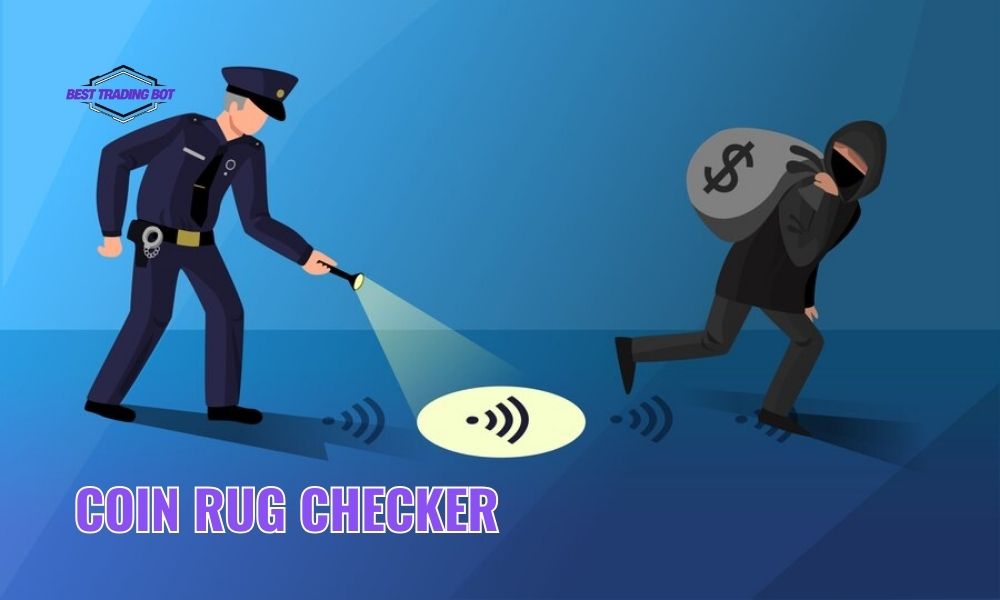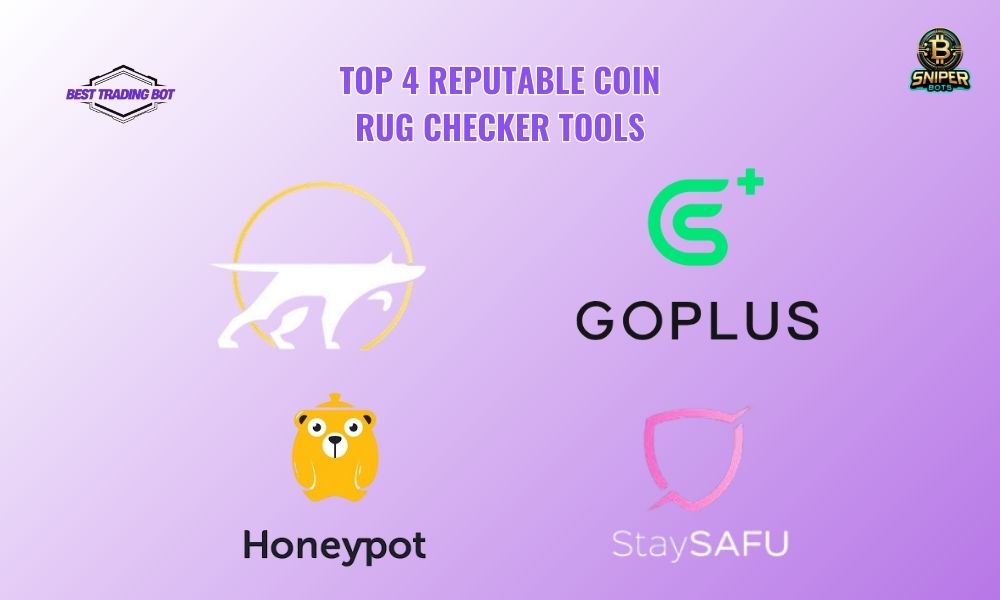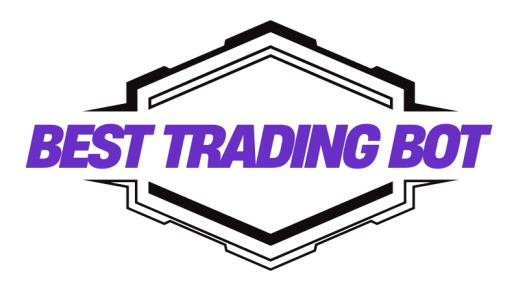A Coin Rug checker is an essential tool acting as a gatekeeper in the crypto market, full of potential yet fraught with rug pull risks. Using an effective checker helps protect assets, screen new projects, analyze contracts and liquidity, identify early scam warnings, and supports safer investment decisions.

Contents
Understanding rug pulls and the importance of a Coin Rug checker
A rug pull is a malicious act common in the cryptocurrency world, especially within decentralized finance (DeFi). Scammers create a new token, attract investors to buy it, and then suddenly withdraw all the liquidity (the funds ensuring the token can be traded) from a decentralized exchange (DEX) or sell off a massive amount of their own token holdings. This causes the token’s price to crash, leaving investors holding worthless assets and losing their entire investment. This often happens quickly and can be hard to predict without experience or the right tools.
Facing thousands of new projects launching constantly, manually inspecting every smart contract, analyzing token structures, or tracking liquidity is incredibly time-consuming and requires deep technical knowledge. This is precisely why a Coin Rug checker becomes essential. It functions as an initial filter, automating basic checks, helping you quickly identify potential “red flags,” and saving you significant research effort.
How does a Coin Rug checker work?
Fundamentally, Coin Rug checker tools operate by accessing and analyzing on-chain data (public information on the blockchain) related to a specific token. The primary elements they typically examine include:
Smart contract analysis: The tool scans the smart contract’s source code (if it’s publicly available and verified on blockchain explorers like BscScan or Etherscan). It looks for suspicious signs such as:
- Functions allowing unlimited minting of new tokens (potential infinite mint).
- Malicious “honeypot” code (allows buying but prevents selling).
- Hidden or excessively high transaction fees.
- The ability for the owner to change critical contract rules after deployment.
- Known security vulnerabilities.
Liquidity check: This is one of the most crucial factors. The checker determines if the token’s liquidity on DEXs is locked, who locked it, and for how long. Liquidity locked for a significant period is a positive sign, indicating the developers cannot easily withdraw it. Conversely, unlocked liquidity or liquidity locked for only a short time presents a higher rug pull risk.
Ownership and token distribution analysis: The tool checks which wallet address deployed the contract and whether contract ownership has been renounced (renouncing ownership prevents anyone, including the developers, from modifying the contract code, which is generally a good sign). It also analyzes token distribution to see if any single wallets (especially developer or team wallets) hold an excessively large percentage of the supply, as this poses a risk of a large sell-off (dump).
Other checks: Some checkers might also integrate checks for the project’s website validity, social media links, or compare the contract against databases of known scam projects.
Top 4 reputable Coin Rug checker tools
Understanding how they work is one thing; choosing a reliable tool is another. Here are four Coin Rug checker tools that are well-regarded and commonly used by the crypto community:
Token Sniffer
This is one of the most popular automated token scanning tools. Token Sniffer provides a risk assessment score based on its analysis of the smart contract, liquidity status, ownership details, and comparison against known scams.
Strengths: Intuitive interface, gives a quick overview of major risks (like honeypot potential, buy/sell tax, contract verification status, liquidity lock). It often lists similar tokens that might be clones or scams.
How to use: Simply paste the token’s contract address into the search bar.
GoPlus Security (GoPlus Labs)
GoPlus Security offers a comprehensive Web3 security platform, which includes a powerful token checking tool. It goes beyond basic rug pull risks to detect a wide array of security vulnerabilities within smart contracts.
Strengths: Broad scope of checks, covering contract risks, transaction risks, and token information. GoPlus maintains a large database of malicious addresses and risky contracts. It’s often integrated into wallets and other platforms.
How to use: Visit the GoPlus Security website and use their Token Security Detection feature by entering the contract address.
Honeypot.is
As the name suggests, this tool focuses specifically on detecting whether a token is a “honeypot” – meaning you can buy it, but you cannot sell it. This is a very common type of rug pull.
Strengths: Simple, easy to use, and specialized in identifying a specific but critical risk. It simulates buy and sell transactions to provide an accurate result for this particular check.
How to use: Paste the token contract address, and the tool will perform its simulation check.
StaySafu
StaySafu provides project safety assessments based on factors like liquidity locking, contract ownership renouncement, token distribution, and basic source code checks. They often provide a “Safu Score.”
Strengths: Often provides detailed information about liquidity locks (percentage locked, unlock date). The interface is quite user-friendly, and they may offer browser extensions for quick checks.
How to use: Enter the token’s contract address on the StaySafu website to view the analysis report.

Important considerations when using a Coin Rug checker
While incredibly useful, remember that no Coin Rug checker is perfect or offers a 100% safety guarantee.
Support tool only: Results from a checker should only be considered as reference information, not as definitive investment advice.
Potential for errors: Automated tools can sometimes miss sophisticated tricks or occasionally produce false positives/negatives.
Doesn’t replace DYOR: You still need to Do Your Own Research (DYOR). Investigate the development team (are they public/doxxed or anonymous?), read the whitepaper (does the project solve a real problem? is the tech sound? is the roadmap realistic? what are the tokenomics?), check the community engagement (active, genuine discussion on Telegram, Discord, Twitter, or just hype/bots?), and look into partners or investors. Use common sense – if a project promises unrealistically high returns quickly, be extremely cautious.
Use the results from Coin Rug checker tools like Token Sniffer, GoPlus Security, Honeypot.is, or StaySafu as an initial screening step. Then, conduct deeper research on promising projects that pass these basic checks.
A Coin Rug checker is a valuable first line of defense, helping filter crypto projects and mitigate initial risks. Use trusted tools like those mentioned, but always conduct thorough personal research before investing. For more crypto safety knowledge and market updates, follow the Best Trading Bot.
